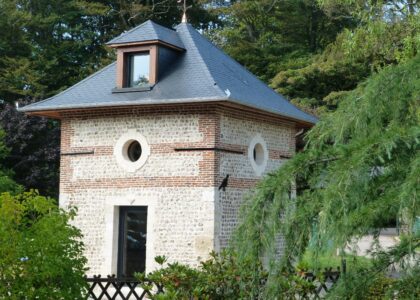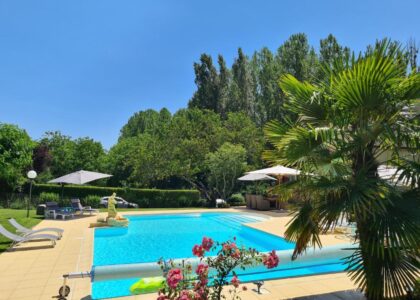Welcome to Rancho Corral de Tierra, a fascinating landscape steeped in history and cultural significance. This sprawling area, now part of the Golden Gate National Recreation Area, offers a window into the past, where stories of resilience, innovation, and cultural exchange come to life.
In 1838, Francisco Guerrero y Palomares, a Mexican settler and the alcalde of Yerba Buena, claimed this land. He saw the potential in its vast grasslands, fertile soil, and freshwater creeks, envisioning it as a perfect place for cattle grazing. The dramatic mountains to the east, which gave the area its name ‘Rancho Corral de Tierra’ or ‘corral of the earth’, created a natural barrier, serving as a protective enclosure for livestock.
Fast forward to the early 20th century, the land became home to pioneering Japanese families like the Takahashis and the Satos. These families established thriving horticultural enterprises. Mr. Takahashi, a former professor of horticulture from the University of Tokyo, introduced groundbreaking agricultural techniques, including the first dehydration chamber in Montara. He was not only an innovator but also a community leader, remembered for his kindness and efforts to support Japanese students and orphaned boys at a time when they faced significant hardships.
The landscape of Rancho Corral de Tierra also holds the legacy of the Ohlone people, the original inhabitants of the region for thousands of years. They skillfully managed the land, creating a balanced ecosystem through methods like controlled burns to promote plant growth and attract game. Their way of life changed drastically with the arrival of European settlers, yet their influence remains a vital part of the area’s historical tapestry.
Today, Rancho Corral de Tierra is a testament to the diverse cultures and histories that have shaped it. It stands as a protected space for both nature and history, offering visitors the chance to explore its trails and learn about its rich past.




